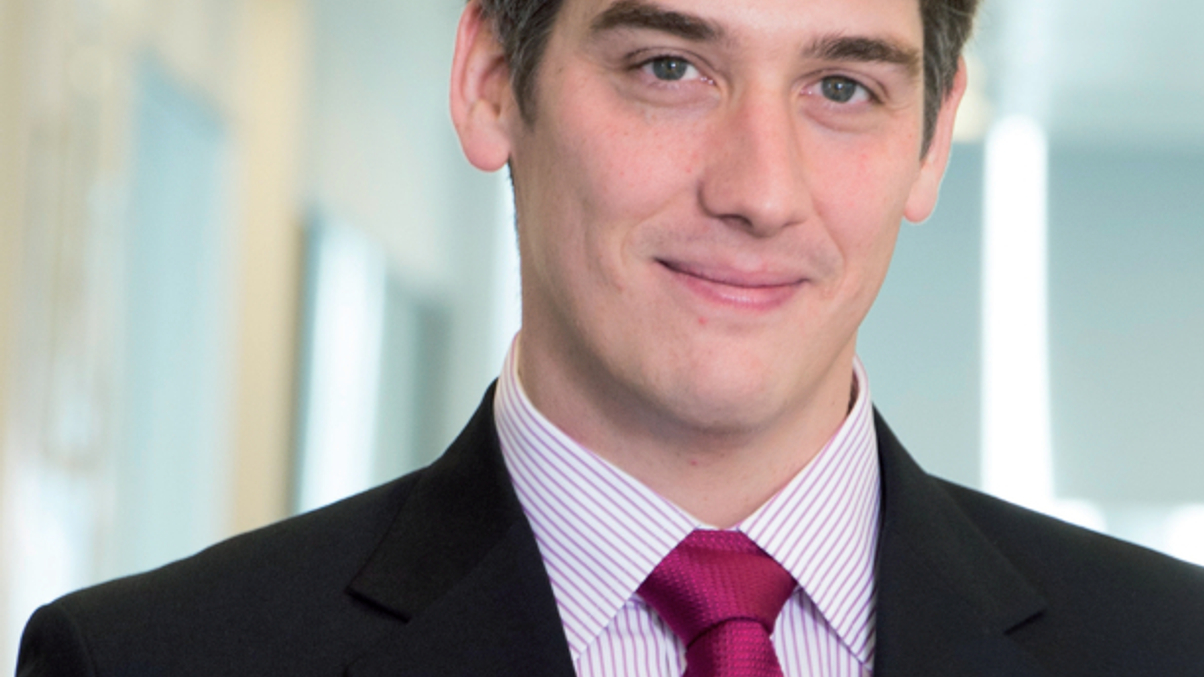An insurance group diversifies into alternatives
Arnaud Mounier, regional CIO of Axa Asia.

Axa Asia has life and property & casualty insurance businesses in China, Hong Kong, India, Indonesia, Malaysia, Singapore and Thailand. It has life but no P&C business in the Philippines, and neither life nor P&C in Taiwan, but is seeking a licence for a life business there.
Sign in to read on!
Registered users get 2 free articles in 30 days.
Subscribers have full unlimited access to AsianInvestor
Not signed up? New users get 2 free articles per month, plus a 7-day unlimited free trial.
¬ Haymarket Media Limited. All rights reserved.


